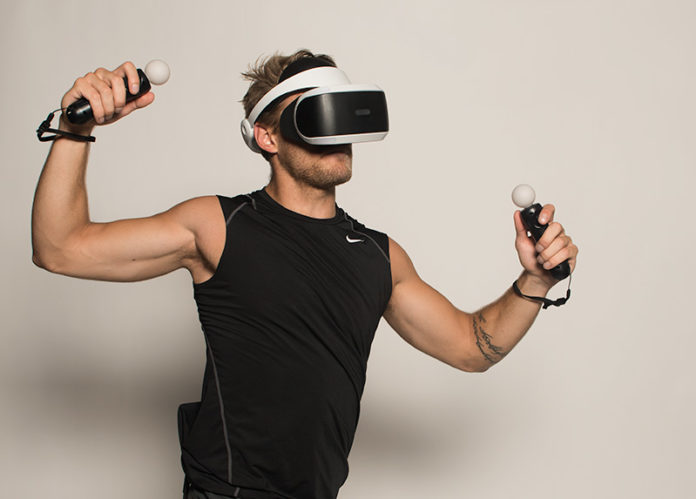With Sony confirming on its blog that the second iteration of the PlayStation VR headset is on the way for PlayStation 5, it’s an exciting time for virtual reality gaming. After all, the PSVR was a sizable success for Sony, selling over five million units and becoming the best-selling VR headset. However, it was mainly appealing due to its low cost compared to the Oculus Rift and HTC Vive and that you didn’t need a gaming computer but rather just a PlayStation 4 (of which there are well over 100 million sold). PlayStation VR’s virtual reality experience lacked in several key areas when compared to PCVR. Still, it is highly comfortable to wear (showing they have ergonomics solved), and Sony has a chance to really refine the PSVR2 headset, which is all great news for fitness gaming in the future.
PSVR2 will also be entering the marketplace in a very different state than when its predecessor launched. We’ve seen the more affordable (and stand-alone) Oculus Quest headset launch and become a favorite among fitness enthusiasts. At the same time, PCVR continues to target high-end consumers looking for the best graphical fidelity and performance. As it will hook up to a PlayStation 5 and will not be wireless (it’ll use a single cord rather than the complicated PSVR setup that included a breakout box and multiple cables), it will likely be closer to the PC experience than the Quest.
PSVR2 Will Offer Power and Updated Controllers
While the original PlayStation VR used outdated accessories that wasn’t designed specifically with virtual reality in mind (such as PlayStation Move controllers and the PlayStation camera), Sony is using different technology this time around. PSVR2 will use a new controller that is designed specifically for the headset, “which will incorporate some of the key features found in the DualSense wireless controller.” Anyone who has used the DualSense controller has been impressed with it as its haptic feedback is incredible and allows for actual resistance in its triggers.
There are many exciting ways that these controller functions could be used in VR fitness titles. As for the triggers, actually feeling a click when firing a gun makes the immersion all the more real, which could pair incredibly well with a VR shooter. Additionally, imagine being able to feel (to a slight degree) the objects you’re interacting with. This could serve as added motivation not to get hit by moving walls in OhShape and make melee combat in action games all the more rewarding in PSVR2 games.
While there are more unknown factors about the PSVR2 than full details just yet, Sony has made it quite clear that we will see “dramatic leaps in performance and interactivity.” PSVR being the least impressive way to play great virtual reality fitness games will no longer be the case from now on, so those that prefer console play and want a more in-depth impressive graphical performance than the Quest offers will have a great option going forward. That once again gives it a clear market, which should make it once again one of the best-selling headsets.
The Whole VR Industry Will Benefit
Even if you have invested in a Valve Index or have grown attached to the wireless freedom that the Oculus Quest 2 offers, Sony showing a long-term investment in virtual reality is great news. As the company states clearly in its announcement, Sony’s “commitment to virtual reality as a medium for games is stronger than ever.” That means more VR titles will be funded for all platforms as there is a larger chance for them to find an audience and be successful. That ultimately means more great virtual reality workouts on whatever platform you choose to enjoy, plus some great exclusives that Sony decides to put out.
With potentially game-changing controllers and more powerful hardware, PSVR2 looks to be another great home for VR fitness gaming. There’s no word yet if it will have full support for the previous library of PSVR titles, but if it does, then there are already many great PSVR fitness games already available. Either way, PS5 owners will have a far better way to enjoy virtual reality in the near future (the headset is confirmed not to be coming out in 2021), and that means more options for great workouts.


